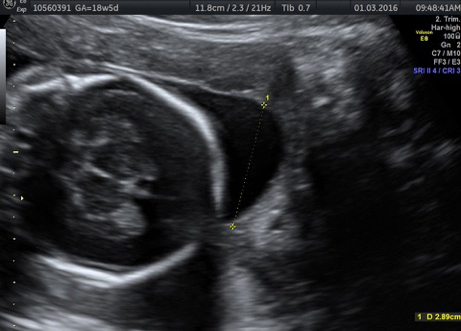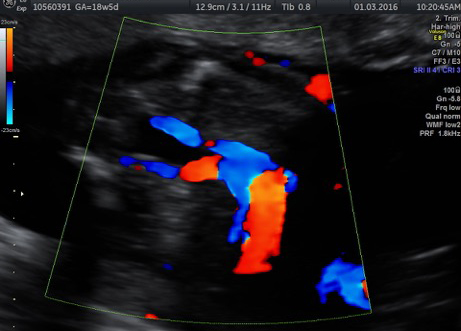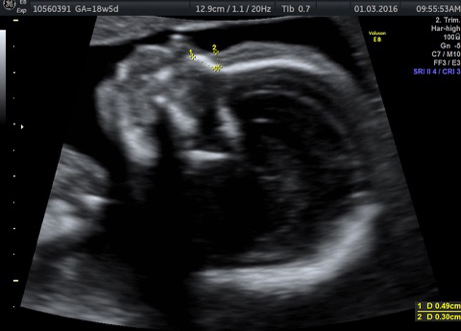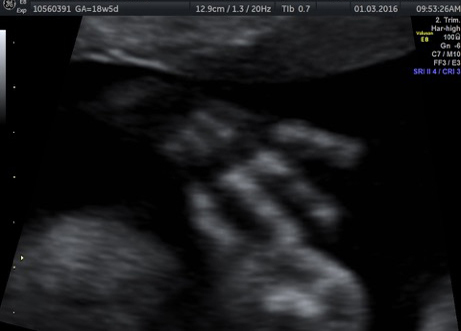A vast range of conditions can be diagnosed and treated before birth because of the expertise at Apollo Centre for Fetal Medicine.
While most birth defects are best managed with medical therapy during pregnancy or with surgery immediately after birth, an increasing number of anatomic abnormalities can be corrected before birth to reduce some of the life-threatening or devastating consequences of the defect.
Using fetal treatment programs and fetal surgical interventions our experienced team of experts evaluate and treat the following conditions:
Sheets or strands of the membranes surrounding the fetus (amnion) may be wrapped around parts of the fetus restricting the growth and development of these areas. These bands may wrap around extremities limiting blood flow and resulting in amputation. Other parts of the fetus may also be affected.
Read more
A condition where the upper airway (larynx or trachea) of the fetus is either absent or blocked. This results in accumulation of fluid in the fetal airway with massively enlarged lungs, a flattened diaphragm and fluid in the abdomen.
Read more
A defect in the formation of the diaphragm (the muscle that separates the chest from the abdomen) during development, resulting in a hole in the diaphragm that allows passage of abdominal organs into the chest. CDH is typically associated with small, poorly formed lungs.
Read more
Blockage in swallowing tube (esophagus) with or without an abnormal communication with the breathing tube (trachea).
- Congenital heart block
- Congenital heart disease
- Fetal cardiac arrhythmia
- Hypoplastic left heart syndrome
Fetal chylothorax or hydrothorax is a condition in which fluid accumulates in the fetal chest, in the space between the lungs and the chest wall (known as the pleural space).
Read more
Rarely, a mass may be found on the fetus’ neck. Most often this condition is due to problems called either lymphatic malformation or teratoma. In other circumstances, the mass may be a more rare abnormality (such as neuroblastoma, cervical thymic cyst, hemangioma or other lesion).
Read more
An abnormality may be detected in the fetus’ chest or lung. In some instances the lesion may look like a mass, and in other cases the lesion looks more cystic (containing fluid-filled spaces). Many doctors may use the term “CCAM”, which stands for congenital cystic adenomatoid malformation, to refer to many lung masses in the fetus.
Read more
The term hydrops fetalis, or fetal hydrops, refers to a condition in which the fetus shows signs of fluid accumulation in the body. Hydrops is defined as the presence of abnormal fluid in at least 2 spaces where it is not supposed to be, such as in the abdominal cavity (ascites), chest cavity (pleural effusion), cavity around the heart (pericardial cavity) or in the skin or scalp (referred to as edema).
Read more
Sacrococcygeal Teratoma (SCT) is a tumor, or growth, on the coccyx (tailbone). It is the most common type of tumor in newborns, occurring in one in 35,000 births. SCT is found more often in girls than boys.
Read more
There are more than 350 different types of skeletal dysplasia disorders, but it generally means that some or all of the fetal bones are smaller than expected for the fetal age.
Read more
Myelomeningocele, the most common form of spina bifida, is in a class of problems referred to as open neural tube defects (ONTD). Spina bifida is one of the most common birth defects.
Read more
- Selective Intrauterine Growth Restriction (sIUGR)
- TRAP Sequence (Acardiac Twin)
- Twin-Twin transfusion syndrome (TTTS)

























